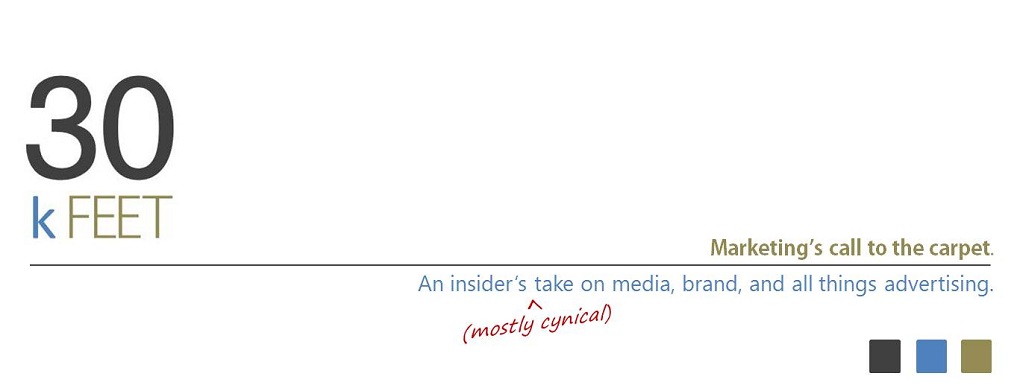NEWS FLASH:
So last week a friend sent me this article.
Pretty cool, right?
“I don’t know, I guess?”
That was my response.
Shocked at my apathy towards space exploration, my galactic-obsessed
pal demanded to understand why.
I don’t care because
no one is telling me to care.
I’ve said it before and I’ll say it again – space
exploration needs better marketing – any marketing, really.
I know, I know – as a Congressional-controlled budget, NASA
isn’t afforded the luxury of a robust team of branding professionals. (Have you seen a logo more in need of a
refresh?!) Still, let me rant hypothetically.
Space should be far
more popular than it is.
Why? --
It’s cool:
Did you know that the light hitting the Earth right now is
30,000 years old? Or that some scientists predict our galaxy to be moving at
more than 330 miles per second? Or how about that Saturn is so light that if
placed in water it could float?
It’s useful:
Much of what we use every day can be traced back (in-part) to space exploration; the GPS in our cars and watches, hand-held power tools and cell phones, shoe insoles, even water pitchers.
-- But no one knows it.
50 years ago, people
knew it.
President Kennedy was the space program’s biggest advocate. “Put
a man on the moon before the decade is out” – that’s what he said. A decree
turned mantra with a sprinkling of Cold War politics and patriotism and voila! – a marketing strategy that
everyone could get behind was born!
We got to the moon. Hoorah! Mission accomplished!!!
…Now what?
From a marketing standpoint, the lunar mission was such a
perfectly executed campaign that people had a hard time seeing past it. It was
as if the Apollo program was the embodiment of Space exploration in total and nothing
beyond existed.
A wildly successful product or idea makes marketing easy –
unless it carries a certain expiration date. In such instances, marketing is
burdened with the task of figuring out how to keep up the momentum once a
marque product has reached its end.
Without Marketing,
The aging public once preoccupied with getting to the moon
remains under the false pre-tense that we’ve accomplished the bulk of our goals.
Younger generations are left with only the news from which to form their
opinions. Here’s what I gather:
It’s expensive, it’s
slow, its goals are often based on conjecture and it doesn’t always work when
it gets there. And, at its worst, it kills. (See Challenger and Columbia)
If I were NASA’s AOR…
I’d recommend an awareness-generating campaign. One that re-educates
the public on all the things they take for granted that are only possible (in part) by space exploration. I would
build out a series of vignettes that depict everyday tasks absent specific
modern-day conveniences – calling out the dent in productivity left in their
absence. Each would end with a similarly constructed tagline:
[Everyday Luxury X]. Brought to
you by space exploration. What more can we discover?
Some of the biggest blockbusters have been sci-fi. Aliens or
not, there’s an inherent interest in exploring the unknown. NASA just needs a
little help reconnecting with its civil advocates.
When you think about it, the blasé image of all government-run institutions is sad.
Take the USPS for example (you remember,
the United States Postal Service?). Absent competition for years, they needn’t
bother infusing the magic of marketing. And now, the Post Office is dull and lethargic
– they didn’t have a chance when it came time to competing with the likes of
UPS and FedEx in the free market.
You’ve been warned, NASA - breathe some life into that brand
of yours before private sector players like Virgin Galactic stake further claim!
Ok. Rant concluded. Happy Friday, everyone! ::steps off soapbox::
























